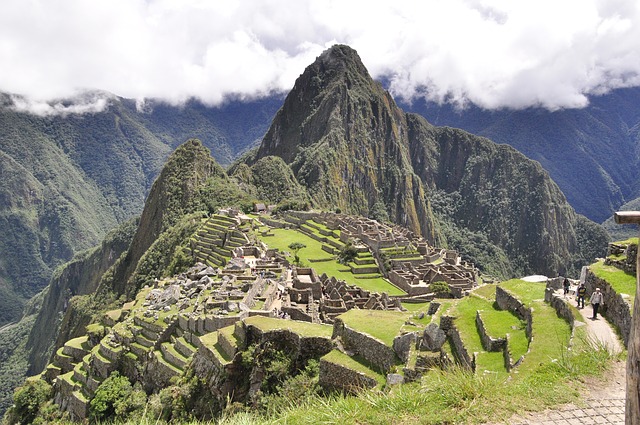Machu Picchu Facts
Below are some of the facts about Machu Picchu:
- The area of Machu Picchu is 32,592 hectares, and the historic sanctuary lies in the basin of the Vilcanota-Urubamba river basin.
- The rocks used for the making of the construction were not fused by any mortar material. This technique is called ashlar, where the rocks are cut in such a way to fit together and get interlinked that they stay joined too tightly. Under such joining not even a needle can pass through the joint.
- The rocks used for making the structures are quite heavy, and some weighted even more than 50 tons. And yet they were not brought to the place on wheels. It is believed the stones were pushed up to the site by hundreds of workers, and some stones were dragged and shaped right from the mountain bed.
- The citadel was made as per the Inca tradition, and has two parts, Hanan and Unin.
- The word Machu Picchu comes from the native language Quechua. The word means Old Mountain or Peak.
- Locals and porters in the area believe in some haunting concept. Many have felt being dragged or pulled out of their tent at night by old spirits. Hence the local porters keep a shining metal or a mirror beneath their bed before resting to keep off such negative energies.
- Machu Picchu is 7000 ft above sea level.
- There are over 150 buildings in Machu Picchu which includes temples, bathing places, sanctuaries and houses.
- Individual staircases in the site are mostly carved out from one single slab of stone. And there are almost 100 different staircases in the compound of Machu Picchu.
- The world came to know about this Heritage site for the first time in 1911 when the site got mention and description in the book of Professor Hiram Bingham, named, ‘The Lost City of the Incas’.
- The structures in Machu Picchu were built keeping in mind astronomical calculations and predictions. That’s why there is an Intihuatana stone which can accurately tell the two equinoxes by generating no shadow at all on those two days when the sun rays fall on the sacred stone.
- There were many other cities made by the Incas, but all of them were destroyed in the Spanish invasion. Only this city remained intact as its location helped it stay hidden, and did not make it visible from lower ground heights.
